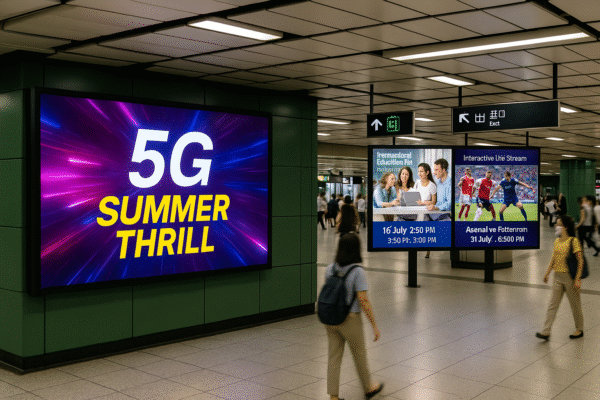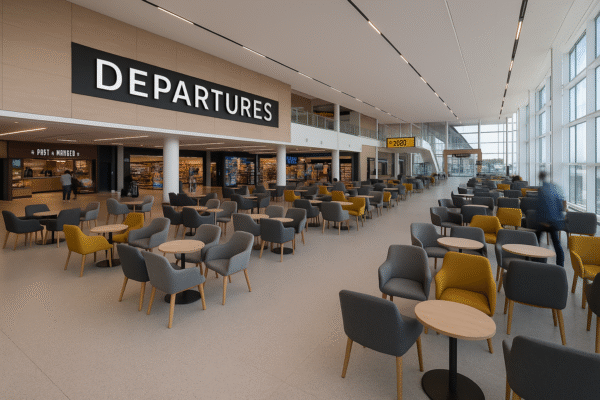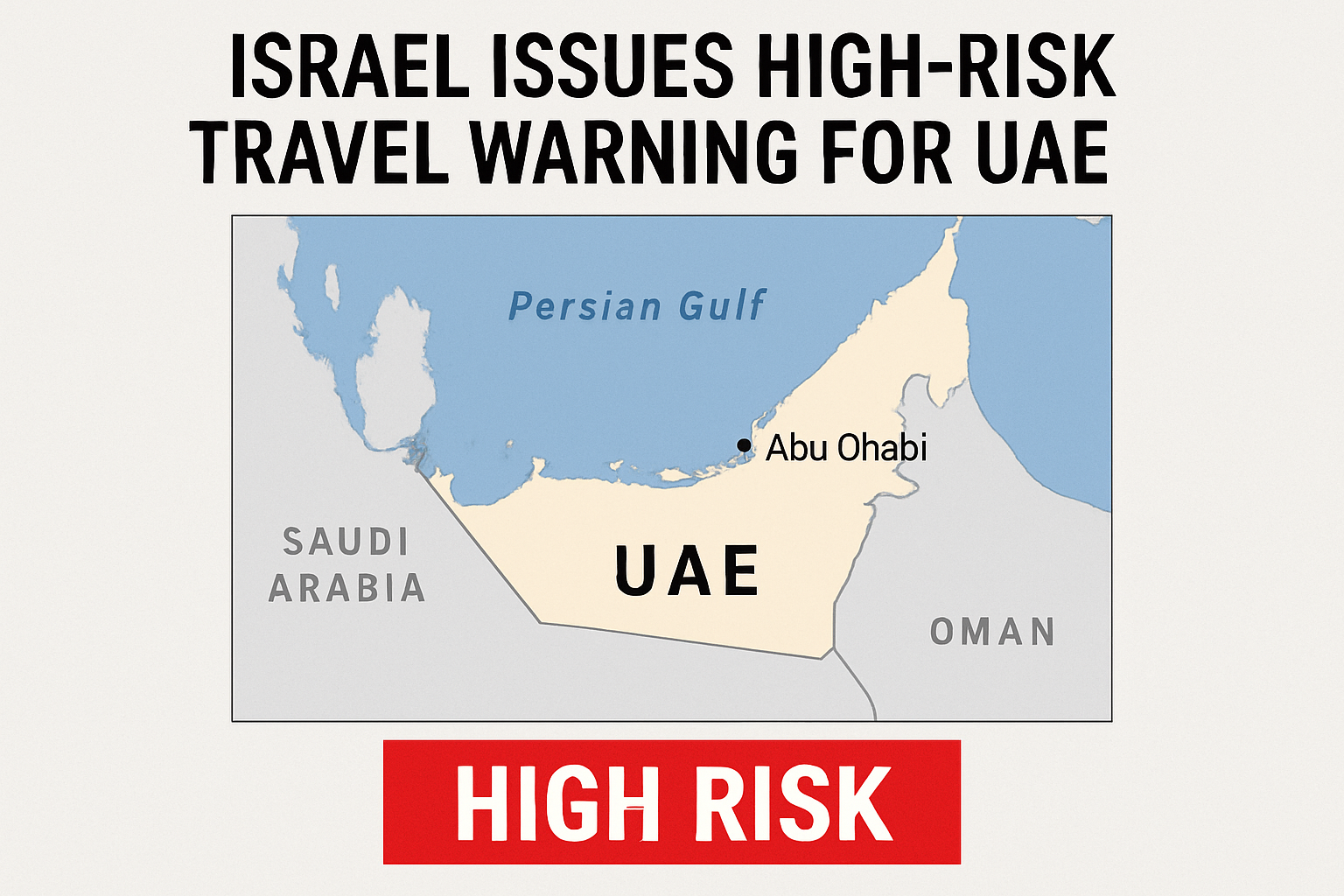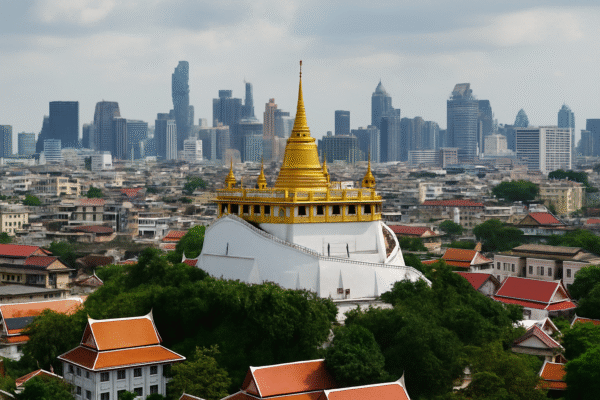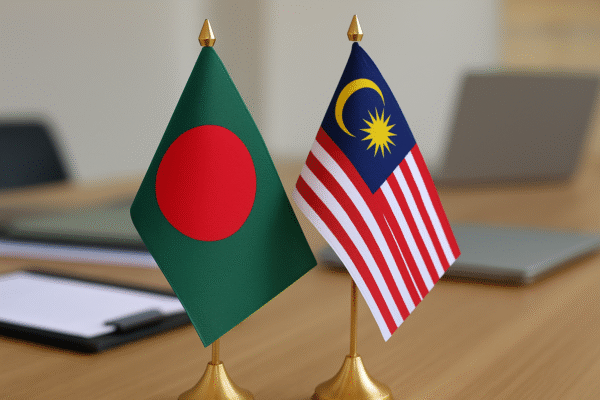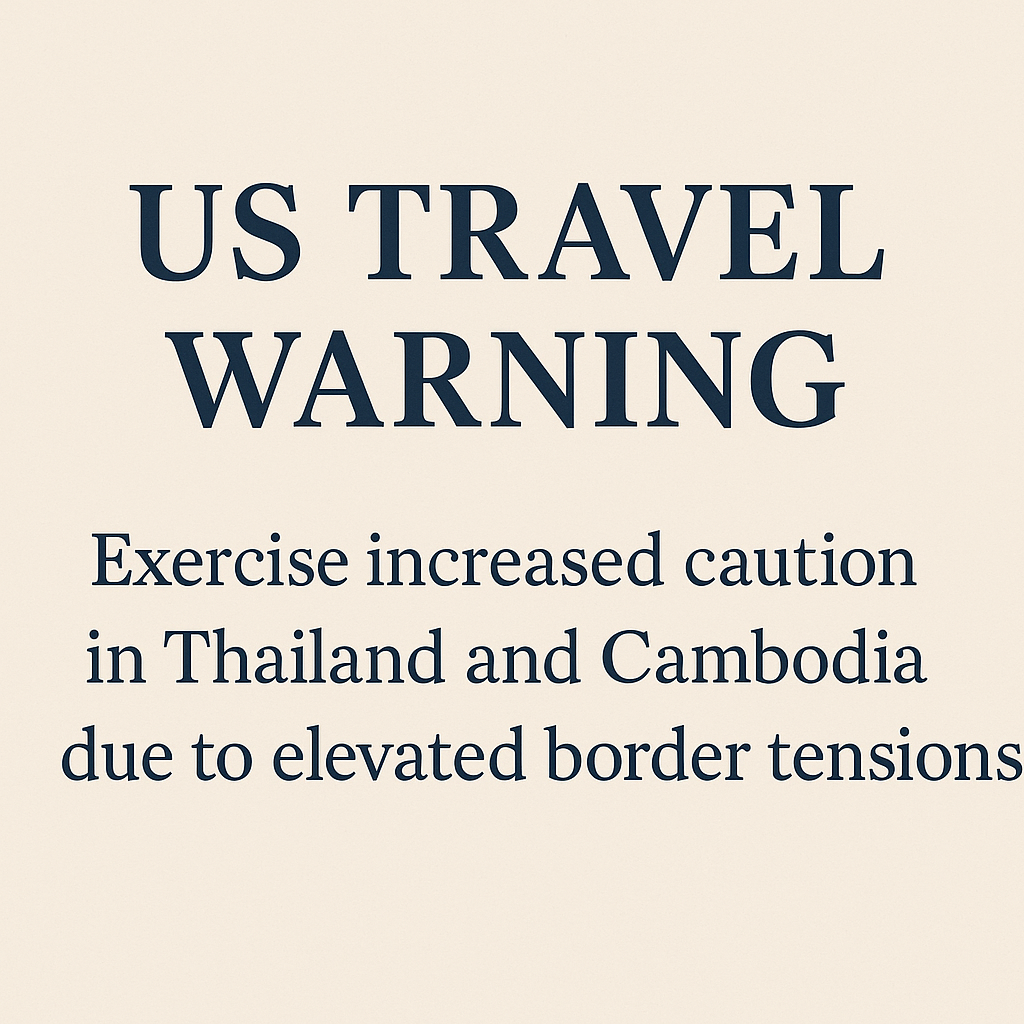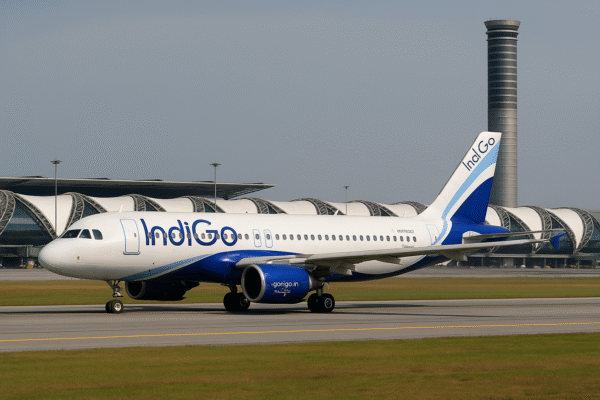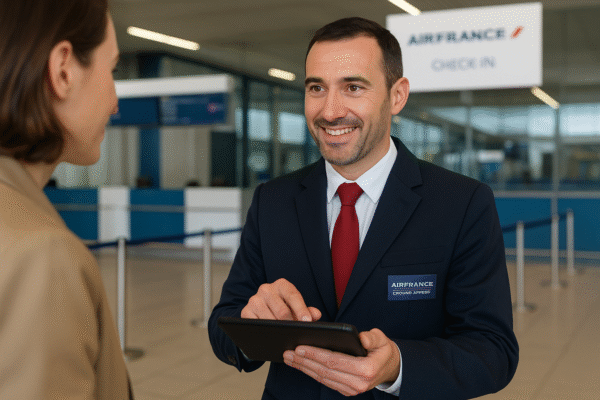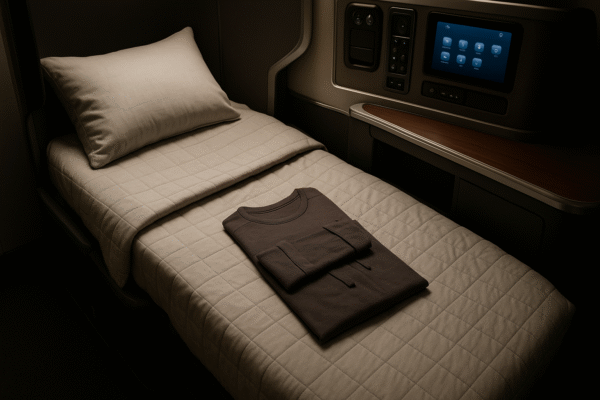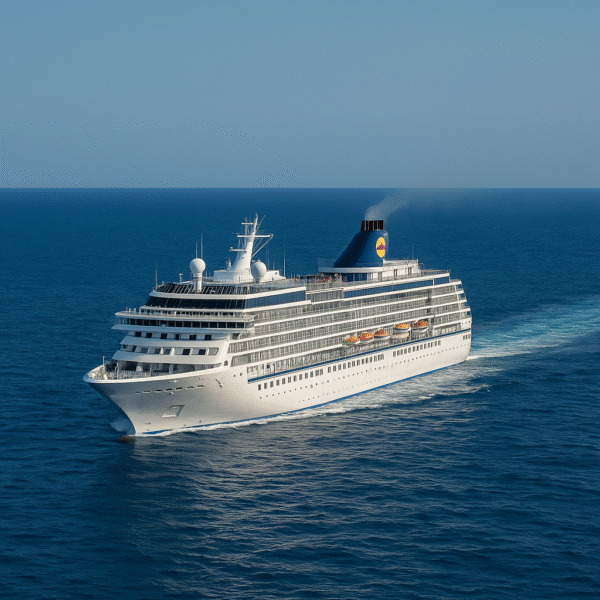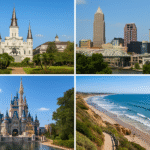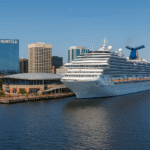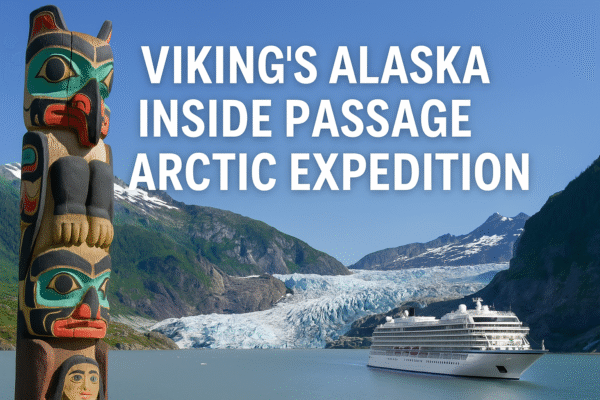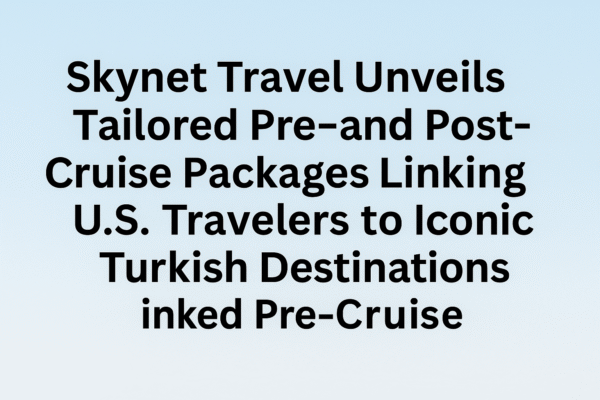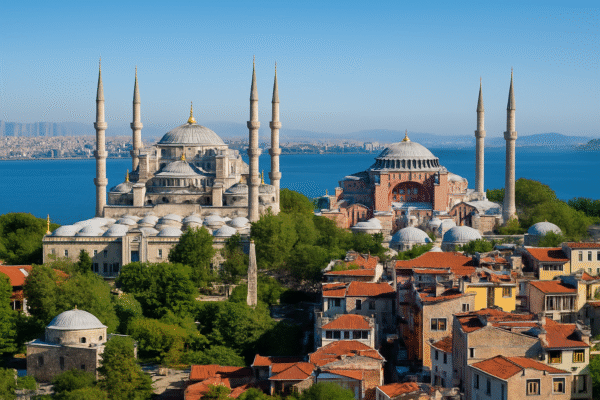As global travel rebounds and cruising grows in popularity, questions around maritime safety—especially during natural disasters like tsunamis—are gaining renewed attention. A common traveler concern is: Are cruise ships safe during a tsunami? The answer may surprise many. Contrary to dramatic imagery often associated with tsunamis, cruise ships are actually much safer when they’re at sea, away from shorelines, where tsunami waves can do the most damage.
This article dives into the science behind tsunami behavior, explains why cruise ships fare better in open ocean conditions, and outlines the extensive safety protocols that cruise operators follow during tsunami alerts—drawing on real-life responses in places like Hawaii and Alaska.
Understanding Tsunamis: Deep vs. Shallow Water Behavior
Tsunamis are typically triggered by undersea earthquakes, volcanic activity, or landslides that displace massive amounts of water. Unlike regular waves caused by wind, tsunamis involve the entire water column and can travel at speeds up to 500–600 miles per hour in deep ocean.
In open waters—like those traversed by cruise ships—tsunami waves are barely perceptible. Their height may measure only a few feet, spread across hundreds of miles in wave length. Ships floating in thousands of feet of ocean depth usually glide over these waves without incident, often without passengers or crew noticing any unusual movement.
However, this dynamic changes dramatically in shallow waters near coastlines. As tsunami waves approach land, they slow down and gain height, funneling their energy into massive, destructive surges that can devastate coastal infrastructure and endanger lives.
Tsunami Dangers at Port: Why Ships Are Vulnerable When Docked
When docked in harbors or anchored in bays, cruise ships face several dangers during a tsunami:
- Sudden Water Level Changes: Rapid surges can lift or drop vessels unpredictably, snapping mooring lines and damaging hulls.
- Floating Debris: Tsunamis carry debris like shipping containers, small boats, and dock parts, which can collide with or puncture stationary ships.
- Strong Currents: Harbors become chaotic with swirling waters, making navigation almost impossible and increasing the risk of grounding or collision.
- Obstructed Escape Routes: Dense port infrastructure can prevent ships from quickly maneuvering to safety.
This is why, during tsunami alerts, ships are often ordered to leave port immediately—even if that means skipping port calls or leaving behind late-arriving passengers.
Cruise Line Safety Protocols: Technology and Response
Modern cruise lines are equipped with extensive systems to detect and respond to seismic events and tsunami warnings. These include:
- Satellite-Based Tsunami Monitoring: Global positioning systems (GPS) and seismic sensors allow cruise ships to receive instant alerts from agencies like the Pacific Tsunami Warning Center (PTWC).
- Dynamic Navigation Tools: These help reroute ships quickly into safe waters, often well before the threat reaches coastal zones.
- Trained Crew and Emergency Drills: Crew members undergo regular drills to prepare for extreme weather and seismic threats, ensuring swift coordination during emergencies.
- Automated Weather Updates and Real-Time Communication Systems: Ensuring passengers are kept informed and that course changes can be made in real time.
In case of tsunami warnings, ships often take proactive steps:
- Leaving Port Early: Ships will depart for deeper waters even if boarding isn’t complete.
- Canceling Port Visits: Safety trumps schedule, and ports at risk are bypassed without hesitation.
- Delaying Returns: Ships may remain at sea longer than planned to avoid dockside hazards.
Real-World Examples: Hawaii and Alaska Tsunami Responses
In recent tsunami alerts issued in the Pacific, including Hawaii and Alaska, cruise lines demonstrated swift, organized responses. For instance, during the Hawaii tsunami warning in early 2024, ships docked in Honolulu departed quickly for deeper waters—even as passengers hurried back from shore excursions. Though some travelers missed boarding, the action prevented potential disaster and underscored cruise lines’ commitment to passenger safety.
Similarly, Alaska’s coastal towns—often popular summer cruise destinations—have practiced coordinated responses with port authorities and emergency management teams, illustrating how preparedness plays a crucial role in maritime safety.
Passenger Awareness: What Travelers Should Know
While cruise operators maintain high safety standards, passengers also play a part in ensuring their own security:
- Stay Informed: Use apps or alerts like NOAA Weather Radio or the PTWC notification system to track seismic activity.
- Follow Crew Instructions: During drills or emergencies, immediate compliance is crucial.
- Plan for Schedule Flexibility: Natural events may change your itinerary—safety always comes first.
- Purchase Travel Insurance: Coverage can help recover financial losses in case of delays, missed departures, or rerouted travel.
Final Thoughts: Open Waters Offer Safer Horizons
Tsunamis are unpredictable and powerful, but they are largely a shoreline hazard. In the open ocean, cruise ships are typically safe, supported by deep waters that disperse wave energy and by technologically advanced protocols that guide ships away from danger zones.
Though altered itineraries and sudden changes can be frustrating, travelers should rest assured: cruise lines prioritize safety above all. The swift actions taken during past tsunami alerts—from Hawaii to Alaska—are a testament to the effectiveness of modern maritime safety systems.
So, the next time you board a cruise, know that in the unlikely event of a tsunami, your ship is one of the safest places you could be—out in the open sea, sailing beyond the reach of the storm.
For more travel news like this, keep reading Global Travel Wire

